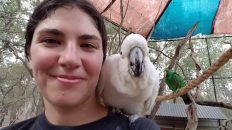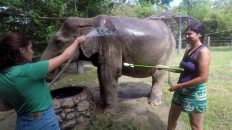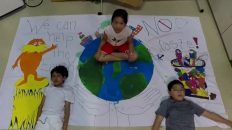Preservation. Conservation. Innovation. Inspiration. Motivation.
If being in any country in the world means that I can learn all of the above actions, then it is certainly a worthwhile adventure. Iguazu was an experience that brought clarity to my values, and understanding of respect for the world around me, including people.
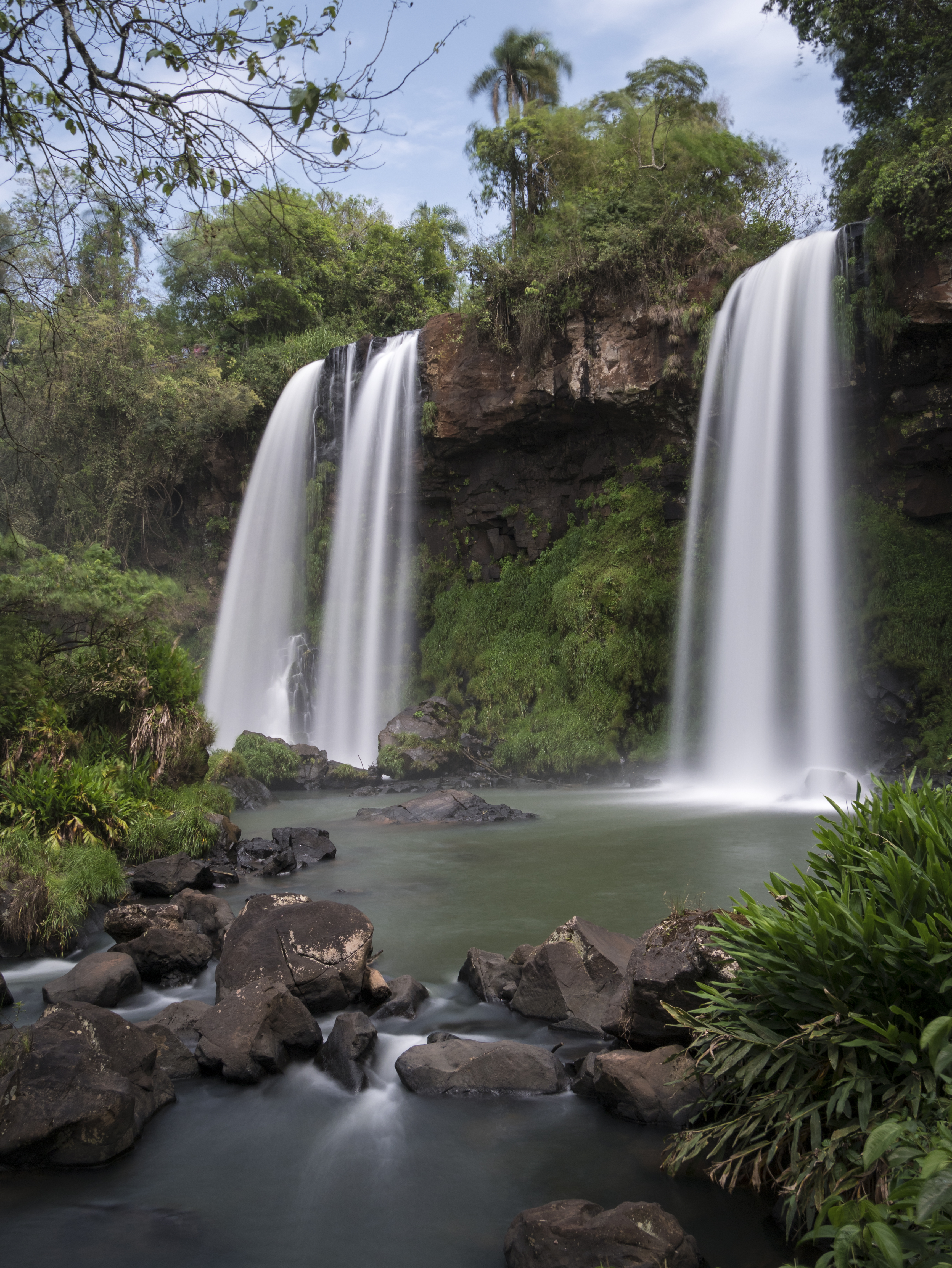
Being in Argentina was very different, not just because they spoke a language that was not my native language. It was different because, since I didn’t have a phone, I was able to be in the present moment more. I felt myself becoming a stronger, more focused listener. I saw myself becoming more aware of my surroundings – of conversations around me, of the sounds of animals and nature, the smells of the air.
In Iguazu, I felt blessed to not have the outside connection. Yes, I had my GoPro to take pictures and videos, but not trying to find wifi, or send a picture to a friend or post it – that connection was lost, and good riddance! Technology is a tool, not a toy, and spending time away from it made me aware of how powerful a small rectangle can actually be, for better and for worse. Yes, taking pictures is fun, but it shouldn’t be the whole experience – I think it was just because I was so disconnected, but it was so freeing and eye-opening to see how everyone was so connected to somewhere else besides the beauty of where we were in the moment.
Obviously, Iguazu has a LOT of people going to it daily. It is breathtaking to experience the falls, listen to the water and feel the spray on your face. Most of the trails to get to and from the different waterfalls were raised metal or wooden paths – unnatural. At first, I didn’t enjoy it, but these types of metal walking paths actually help the ground stay untouched by man (and you know we ruin almost everything). So although I liked the path to Arecha Falls the best – which is a small fall that had a natural ground pathway – I embrace the preservation that the metal pathways ensure.
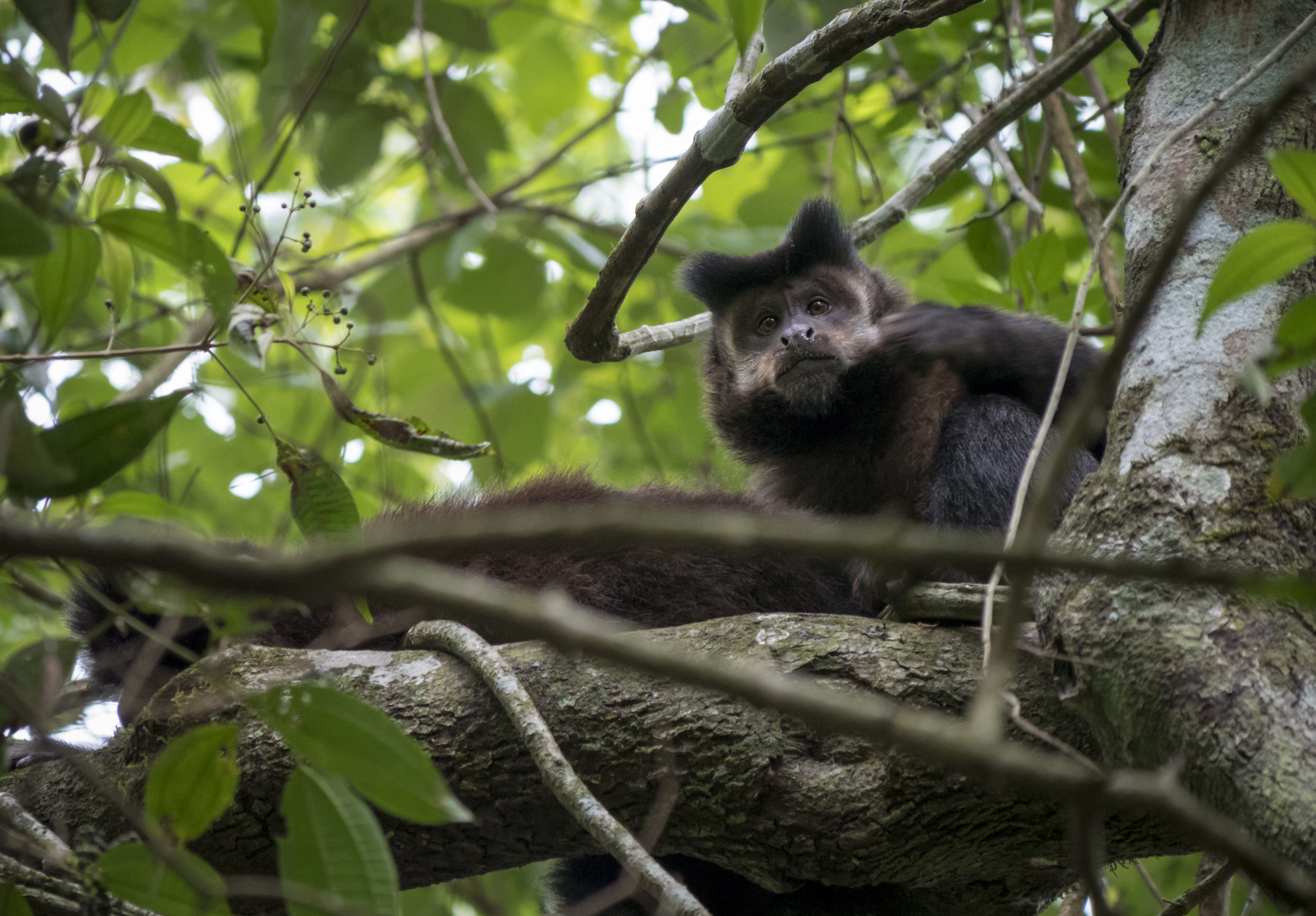
I really would like to stress that no one should be feeding wild animals, wherever and whomever you are. If it is a child, stop them. If it is an adult child, stop them. (FYI, at minute 2:17 – this adorable coatie came up to me, I bent down to him and said “Sorry, I don’t have food for you,” and then he walked away) You, and those around you, might not know any better, but feeding wild animals destroys ecosystems and makes animals reliant on humans for food, which can also spread diseases.
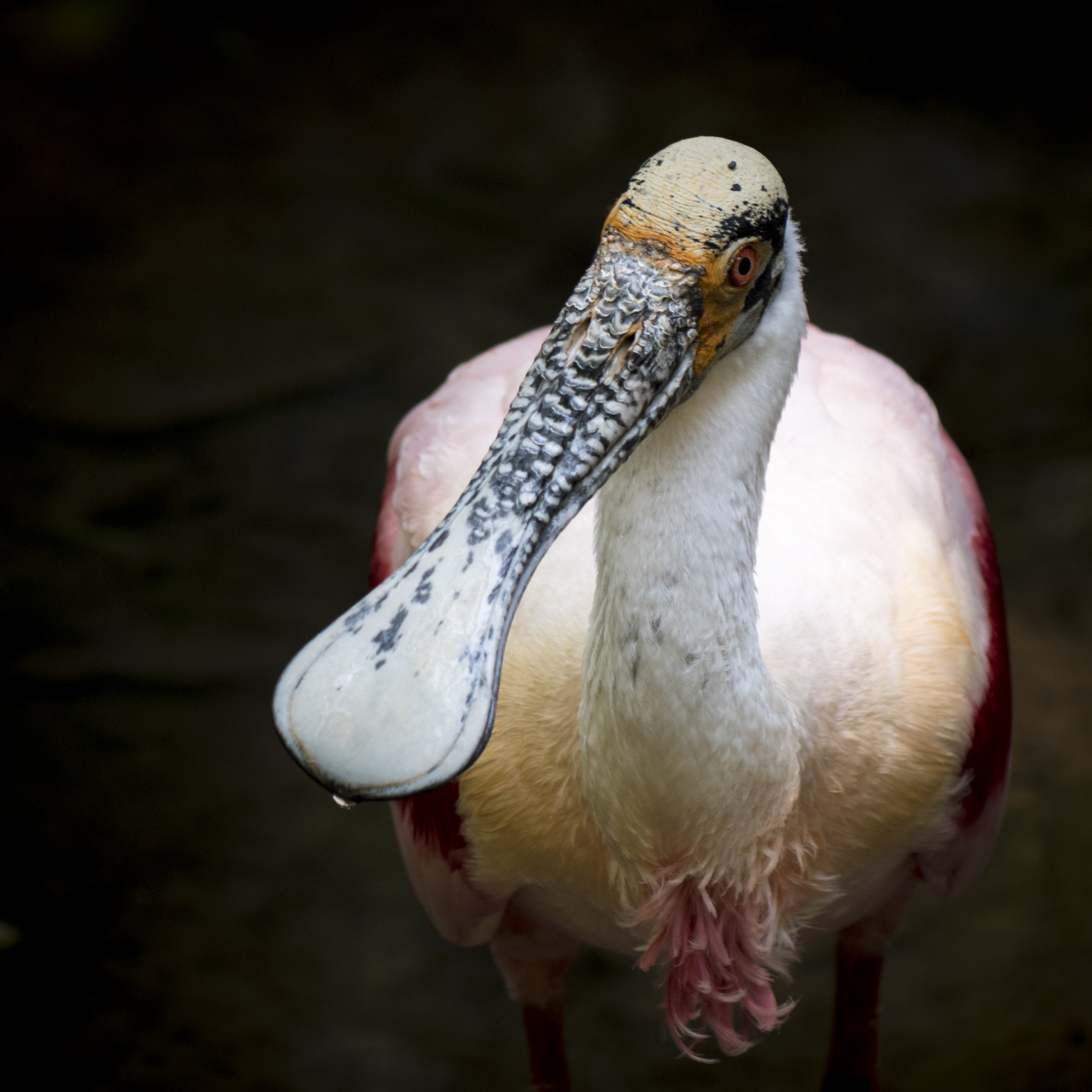
Also, if you have to use or buy single use anything, DON’T THROW IT ON THE GROUND. Anyone who is reading this, I am sure, doesn’t do that, but it needs to be stressed that we need to speak out against it. If we see someone littering, we need to speak out and be louder. First, your purchases are the loudest – so bring your Zero Waste kit and only purchase things you need that will make little to no waste impact. Example: I bought empanadas and instead of putting it in a waxed paper bag, he put it in my container. Second, any trash you create (or see) – pick it up and throw it away. You might think it someone’s job to do it, but in between the time you see it and when that employee gets to it, an animal might get to it first and it might harm them. So be the solution – and just help out the planet.
I saw an old man just finish his water bottle, and throw it into a river. That’s when I didn’t like the metal pathways, because I wanted to go down and get it and hand it back to him. However, I yelled out loud (in English – too passionate to think about the Spanish translation in the moment) “Really?! Are you kidding me?!” and then when I walked past him, I said “No pollution”. Not sure if he understood me, and maybe he didn’t change his habits, but I had to say it.
Iguazu has made my voice for the planet louder, and I am so grateful to have experienced one of the 7 Wonders of the World. #wespeakforthetrees
Lesson: Make a Waterfall!
Objective: You will discuss and observe how a waterfall is created.
Materials:
- Cup, bowl, containers, water bottles – reuse whatever you can!
- Water
- Paint and pipettes (if doing waterfall painting activity below)
Procedure: There are many ways you can create a waterfall with your students. Depending on their understanding and ability levels, you can get super creative and do a unit, or just do one lesson. A really great example of a one-lesson complementary lesson is making colored waterfalls. This not only is visually stimulating and fun, but it also practices their dexterity, increases their creativity, and develops important hand-eye coordination skills. Another really fun hand-eye coordination game is to play the game Waterfall, where you create your own waterfall by throwing something into a container until it overflows.
A great STEM unit to do would be to find old containers and bottles to create a Water Wall. This can be done over a week, and then used throughout the year or more! Making something like a water wall benefits their fine and gross motor skills (you show me a child that makes a water wall without dancing and jumping up and down after seeing it work) and it also lets the student experiment, explore, and ask themselves critical thinking questions that might lead to something else.
Along with the water wall, you can talk to them about the importance of conserving water. What happens when you pour water 10 times? Do you think you have less or more than what you started with? Try it 20 times – put a line or mark where the water started and see if it is lower. There was a time recently when Iguazu Falls had a decrease in water accumulation due to the fragile environment (*cough cough* climate change). It is important to discuss issues like this when working with young and old students (I still identify myself as one, as everyone should – the learning never stops) because if we don’t talk about it, then we stop thinking about it.
If we don’t know about the huge impact each one of us has, then we have old people (and young!) who throw plastic bottles into rivers.
Preservation. Conservation. Innovation. Inspiration. Motivation.
Consciousness.


